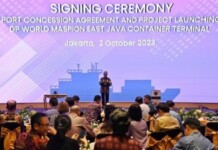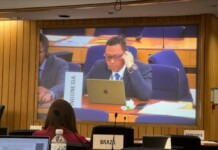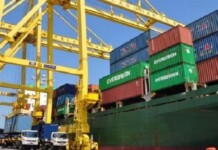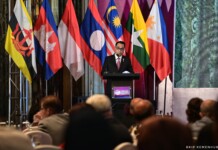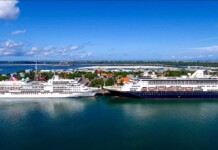When large tracts of land are plowed, the exposed soil can erode during rainstorms. Much of this runoff flows to the sea, carrying with it agricultural fertilizers and pesticides.
Eighty percent of pollution to the marine environment comes from the land. One of the biggest sources is called nonpoint source pollution, which occurs as a result of runoff. Nonpoint source pollution includes many small sources, like septic tanks, cars, trucks, and boats, plus larger sources, such as farms, ranches, and forest areas. Millions of motor vehicle engines drop small amounts of oil each day onto roads and parking lots. Much of this, too, makes its way to the sea.
Some water pollution actually starts as air pollution, which settles into waterways and oceans. Dirt can be a pollutant. Top soil or silt from fields or construction sites can run off into waterways, harming fish and wildlife habitats.
Nonpoint source pollution can make river and ocean water unsafe for humans and wildlife. In some areas, this pollution is so bad that it causes beaches to be closed after rainstorms.
More than one-third of the shellfish-growing waters of the United States are adversely affected by coastal pollution.
Correcting the harmful effects of nonpoint source pollution is costly. Each year, millions of dollars are spent to restore and protect areas damaged or endangered by nonpoint source pollutants. NOAA works with the U.S. Environmental Protection Agency, Department of Agriculture, and other federal and state agencies to develop ways to control nonpoint source pollution. These agencies work together to monitor, assess, and limit nonpoint source pollution that may result naturally and by human actions.
NOAA’s Coastal Zone Management Program is helping to create special nonpoint source pollution control plans for each coastal state participating in the program. When nonpoint source pollution does cause problems, NOAA scientists help track down the exact causes and find solutions. (Ast)
Source: oceanservice.noaa.gov






